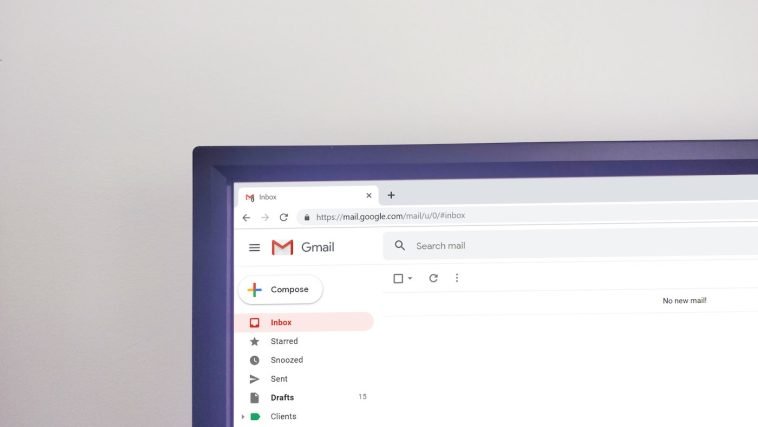Introduction.
Email marketing is still one of the most effective ways to connect with your audience. For every dollar spent on email marketing, the average return is around $42, making it a powerful tool for any business.
Yet, building a solid email list can be a daunting task. I get it—convincing people to willingly give up their email address can feel like trying to pull a rabbit out of a hat.
So why is this so crucial? Well, having a healthy, engaged list of subscribers gives you a direct line to people who want to hear from you.
It’s not just about blasting out promotions; it’s about building relationships, fostering trust, and delivering value.
With so many companies competing for attention, creating a strategy to entice customers to opt in isn’t just beneficial—it’s essential.
The Importance of Getting Customers to Opt In
Before we dive in, let’s highlight why opt-ins matter. First, these are people who have given you explicit permission to contact them.
They’re far more likely to engage, click, and eventually convert. Plus, it helps you stay compliant with privacy laws, like GDPR in Europe or CAN-SPAM in the U.S. And who wants to get tangled in a legal mess, right?
Understanding the Basics of Opt-Ins
Opting in means a person has voluntarily signed up to receive your emails. There are two main types:
- Single Opt-In: Users subscribe by entering their email, and they’re immediately added to your list. Easy, right? The downside? You may attract some fake or mistyped addresses.
- Double Opt-In: After signing up, users receive a confirmation email and have to click a link to confirm. It weeds out any junk emails, but you may lose a few potential subscribers who never bother to confirm.
So which one’s better? It depends on your goals, but if list quality is your priority, double opt-in is usually a safer bet.
Key Strategies for Getting Customers to Opt In
Now that the importance is clear, let’s talk about how to actually get those opt-ins. It’s all about value and timing.
1. Make Your Offer Irresistible
You can’t expect people to hand over their email address for nothing. Give them something they genuinely care about. Popular incentives include:
- Exclusive Discounts: Who doesn’t love saving money? Offering a 10-20% discount for signing up is a classic yet effective strategy.
- Free Resources: Guides, checklists, or ebooks work well if you’re in an industry where education is key.
- VIP Access: Early access to sales or exclusive content can feel special and make customers want to be in the loop.
2. Create a Simple and Engaging Sign-Up Form
Don’t scare people away with a complicated sign-up process. Stick to the essentials: email address, and maybe a first name if you’d like to personalize your emails. Make sure the form looks clean, mobile-friendly, and stands out on your website.
3. Use Pop-Ups (Sparingly)
Pop-ups can be polarizing, but when done right, they convert well. Just don’t bombard visitors with a pop-up as soon as they land on your page.
Give them a chance to browse and get familiar with your brand before asking for their email. Exit-intent pop-ups (those that appear when someone’s about to leave) are often less intrusive.
4. Highlight the Benefits of Joining Your List
Be transparent about what people can expect. Will they get weekly tips, exclusive discounts, or sneak peeks at upcoming products? Spell it out! Clarity helps build trust and sets expectations.
The Pros and Cons of Email Marketing Opt-Ins
I’d be doing a disservice if I didn’t mention that email marketing comes with some ups and downs. Here’s a breakdown:
Pros:
- High Engagement: Email subscribers are generally more engaged than your average social media follower. They’ve willingly opted in and are more likely to pay attention.
- Personalization: Email lets you create tailored messages based on what you know about the subscriber. Personalized emails can boost transaction rates by up to six times.
- Ownership: You own your email list, unlike social media platforms that can change algorithms or restrict your reach overnight.
Cons:
- Deliverability Issues: Not all emails make it to the inbox, especially if you have a lot of inactive subscribers or if your emails are marked as spam.
- Unsubscribes: Every email you send risks losing subscribers, so it’s important to deliver value and not overdo the sales pitches.
- Compliance: Email marketing laws can be strict, so you need to stay informed and respect your subscribers’ privacy and preferences.
FAQs
1. How often should I send emails to my list?
It depends on your audience. Some businesses thrive on weekly updates, while others find bi-weekly or monthly emails work best. The key is consistency.
2. What’s the best time to send emails?
Studies show that Tuesdays and Thursdays around 10 a.m. are peak times for open rates, but every audience is unique. Experiment and find what works for yours.
3. How do I keep my subscribers engaged?
Send valuable content! Mix it up with how-to guides, special offers, behind-the-scenes insights, or industry news. And remember, personalization matters.
4. What if my sign-up rates are low?
Try tweaking your incentive or adjusting the placement of your sign-up form. Sometimes a small change can make a big difference.
Conclusion
Getting customers to opt in to your email list isn’t rocket science, but it does require a thoughtful approach.
Focus on delivering value, be transparent, and always make the process as simple as possible. Remember, your email list is like a community, and growing it sustainably will yield long-term benefits.
What strategies have worked for you, or which ones are you eager to try? Have a favorite opt-in incentive or a tactic that flopped? Let me know your thoughts!





GIPHY App Key not set. Please check settings